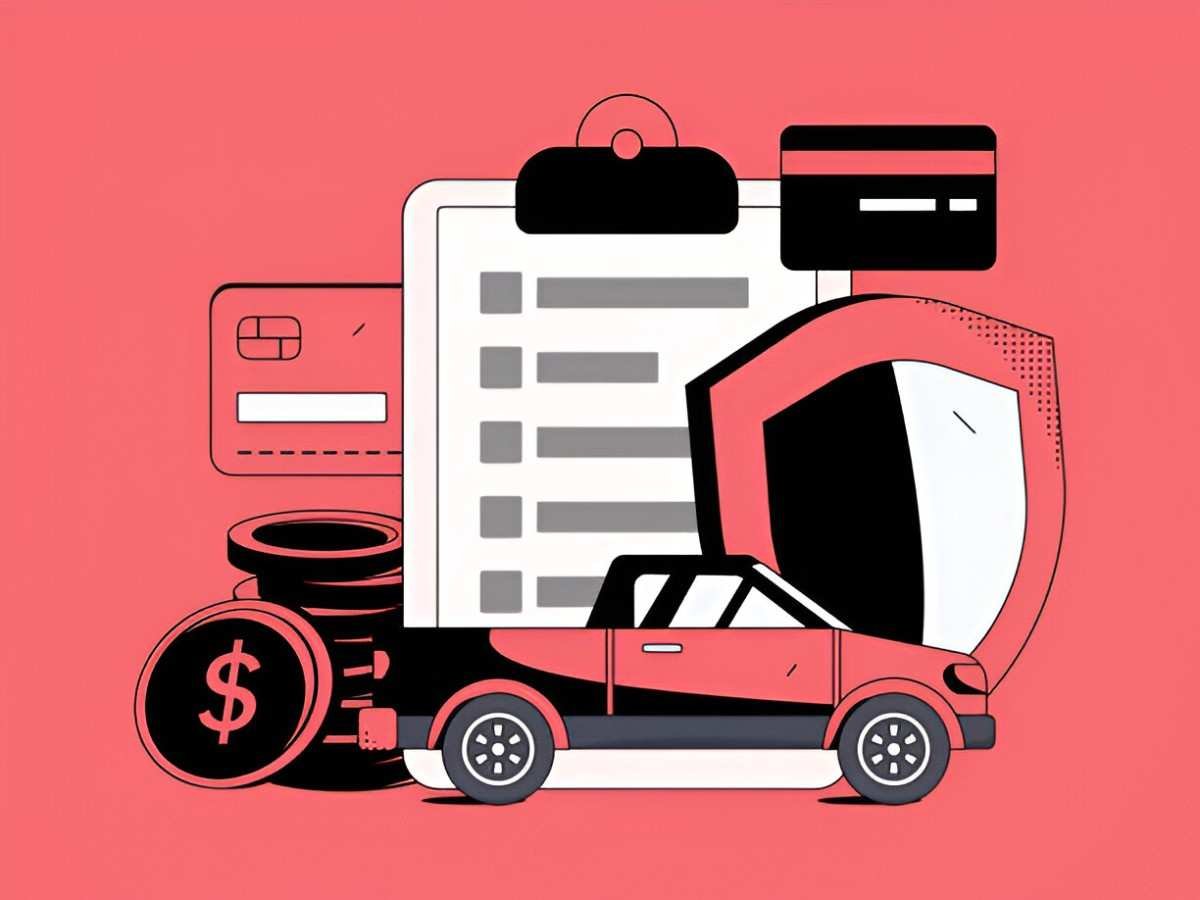Car insurance costs strain budgets, but I know smart strategies cut premiums without sacrificing coverage. As someone who has analyzed insurance policies for years, I can confidently say most drivers overpay. The average annual premium in the U.S. exceeds $1,500, yet few realize how much control they have over pricing. Below, I outline 13 proven ways to reduce your car insurance costs, backed by data and real-world examples.
Table of Contents
1. Increase Your Deductible to Lower Premiums
A higher deductible means you pay more out-of-pocket in a claim, but insurers reward this with lower premiums. The relationship between deductible and premium follows a nonlinear trend. For example, increasing your deductible from $500 to $1,000 could reduce your premium by 15\% - 25\%.
Example Calculation:
If your current premium is $1,200 annually with a $500 deductible, raising it to $1,000 might save you $240 per year (1,200 \times 0.20 = 240). Over five years, that’s $1,200 saved—assuming no claims.
| Deductible | Estimated Annual Premium | Annual Savings |
|---|---|---|
| $500 | $1,200 | – |
| $1,000 | $960 | $240 |
2. Bundle Insurance Policies for Multi-Line Discounts
Insurers offer discounts if you bundle auto with home or renters insurance. I saved 18\% on my car insurance by bundling it with my homeowners policy. The logic is simple: insurers value customer retention, and bundling reduces administrative costs.
3. Maintain a Good Credit Score
Most states (except California, Hawaii, and Massachusetts) allow insurers to use credit-based insurance scores. Studies show a strong correlation between creditworthiness and claim likelihood. A 100-point increase in your FICO score could lower premiums by 5\% - 20\%.
4. Drive Less to Qualify for Low-Mileage Discounts
If you drive under 7,500 miles annually, you may qualify for a low-mileage discount. Usage-based insurance programs (e.g., Progressive’s Snapshot) track mileage and driving behavior. I once helped a client reduce their premium by 12\% simply by proving they commuted via public transit.
5. Choose Your Car Wisely—Insurance Costs Vary by Model
Luxury cars, SUVs, and high-theft vehicles cost more to insure. The Insurance Institute for Highway Safety (IIHS) publishes loss data by make and model. For example, a Honda Accord typically costs 25\% less to insure than a BMW 3 Series.
6. Take a Defensive Driving Course
Completing an approved defensive driving course can earn you a 5\% - 15\% discount. I recommend state DMV-approved courses, which often cost under $50 and can be completed online.
7. Drop Unnecessary Coverage on Older Cars
If your car’s market value is less than 10 times the annual comprehensive/collision premium, consider dropping these coverages. For example, if your car is worth $4,000 and collision coverage costs $600 annually, you’re overpaying.
8. Ask About Group Discounts
Membership in organizations like AAA, alumni associations, or professional groups may qualify you for discounts. I once secured a 10\% discount for a client through their employer’s group plan.
9. Pay Annually Instead of Monthly
Monthly payments often include installment fees. Paying upfront can save 3\% - 5\%. For a $1,200 policy, that’s up to $60 annually.
10. Review Your Policy Annually
Life changes (marriage, moving, retiring) affect premiums. I review my policy every year and have found errors in vehicle usage classification that, once corrected, saved me $200.
11. Increase Liability Limits Strategically
While state minimums are low (e.g., $25,000 bodily injury in California), higher limits protect assets. However, the marginal cost decreases at higher tiers. Increasing from $50,000 to $100,000 may only cost $30 more annually.
12. Install Anti-Theft Devices
Devices like alarms and GPS trackers can reduce premiums by 5\% - 15\%. Verify with your insurer which devices qualify.
13. Compare Quotes Every 2-3 Years
Loyalty doesn’t always pay. A 2021 Consumer Reports study found that switching insurers saved drivers an average of $400 annually. I recommend getting quotes from at least three insurers.
Final Thoughts
Saving on car insurance requires proactive adjustments. Implementing even a few of these strategies can yield hundreds in annual savings. Start by reviewing your current policy, then prioritize changes with the highest return. If you need personalized advice, consult an independent insurance agent—they often know discounts you might miss.





